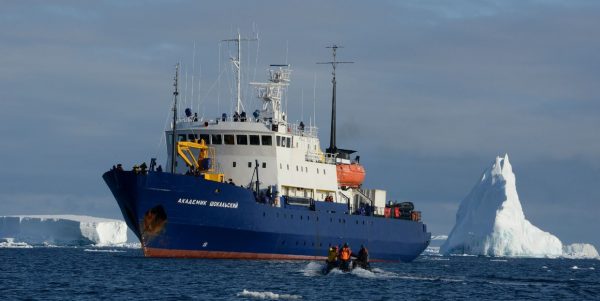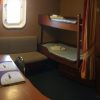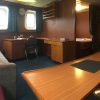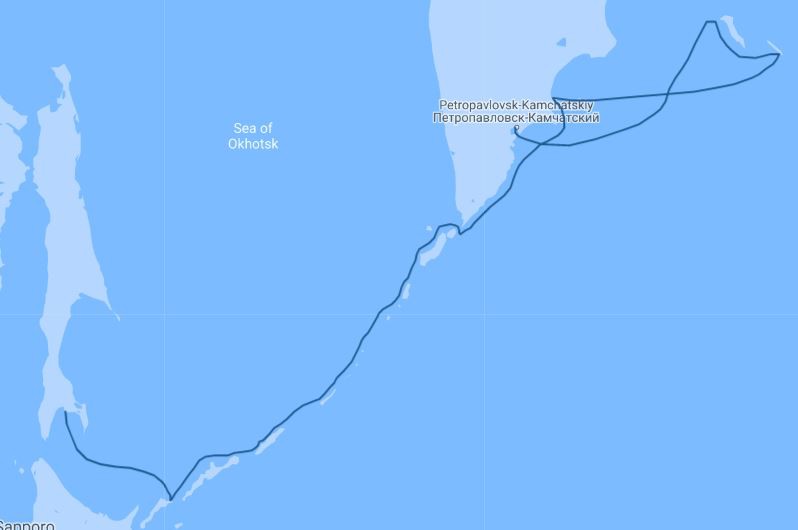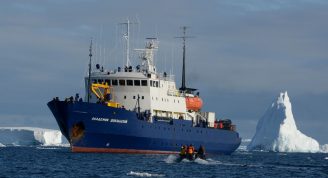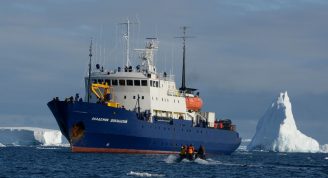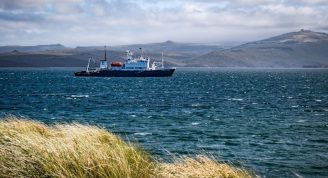Description
The Pacific Ring of Fire manifests itself in numerous places on the rim of the Pacific Ocean – but nowhere more dramatically than in Russia’s Far East. Along one of the world’s most active plate boundaries, the Pacific plate subducts under the North American plate and the resulting volcanic and geothermal activity has built a unique and amazing landscape. Upwelling from the deep trenches formed by this action and currents around the many islands creates perfect conditions for seabirds and cetaceans. Consequently the area is one of the richest in the world, both in terms of the number of species, which can be seen, and their sheer abundance. For many birders, the undoubted highlight is the auks and during our voyage it is possible to see up to fourteen species including Tufted and Horned Puffins, Parakeet, Whiskered and Rhinoceros Auklets, as well as Spectacled and Pigeon Guillemots.
Other seabirds we regularly encounter include Laysan Albatross, Mottled Petrel, Fork-tailed Storm-Petrel, Red-faced Cormorant, Red-legged Kittiwake and Aleutian Tern. For those keen on cetaceans we can reasonably expect to see Fin, Sperm, Humpback Whales as well as Orca (Killer Whale), Baird’s Beaked-Whale and Dall’s Porpoise.
The region’s human history is equally interesting and fascinating. The original settlers were the Ainu and Itelmen. They were displaced with the arrival of the Cossacks in the 18th century after the Explorer Vitus Bering had put the region on the map. The Soviet empire encompassed the region and at the height of the Cold War, Russia’s formidable Pacific Fleet was based here. The secrecy surrounding the fleet resulted in the region being ‘closed’ even to Russians who had to get special permits to travel to and within the area. It is only now, two decades since Perestroika, that people can travel relatively freely here, although there is still very little in the way of infrastructure for visitors.
A message for the keen birders and cetacean watchers reading this. Space doesn’t allow us to list all species on a day-by-day basis in this itinerary. Please ask for an expedition dossier or a bird and mammal list from previous expeditions.


